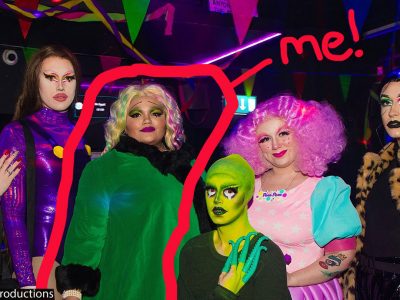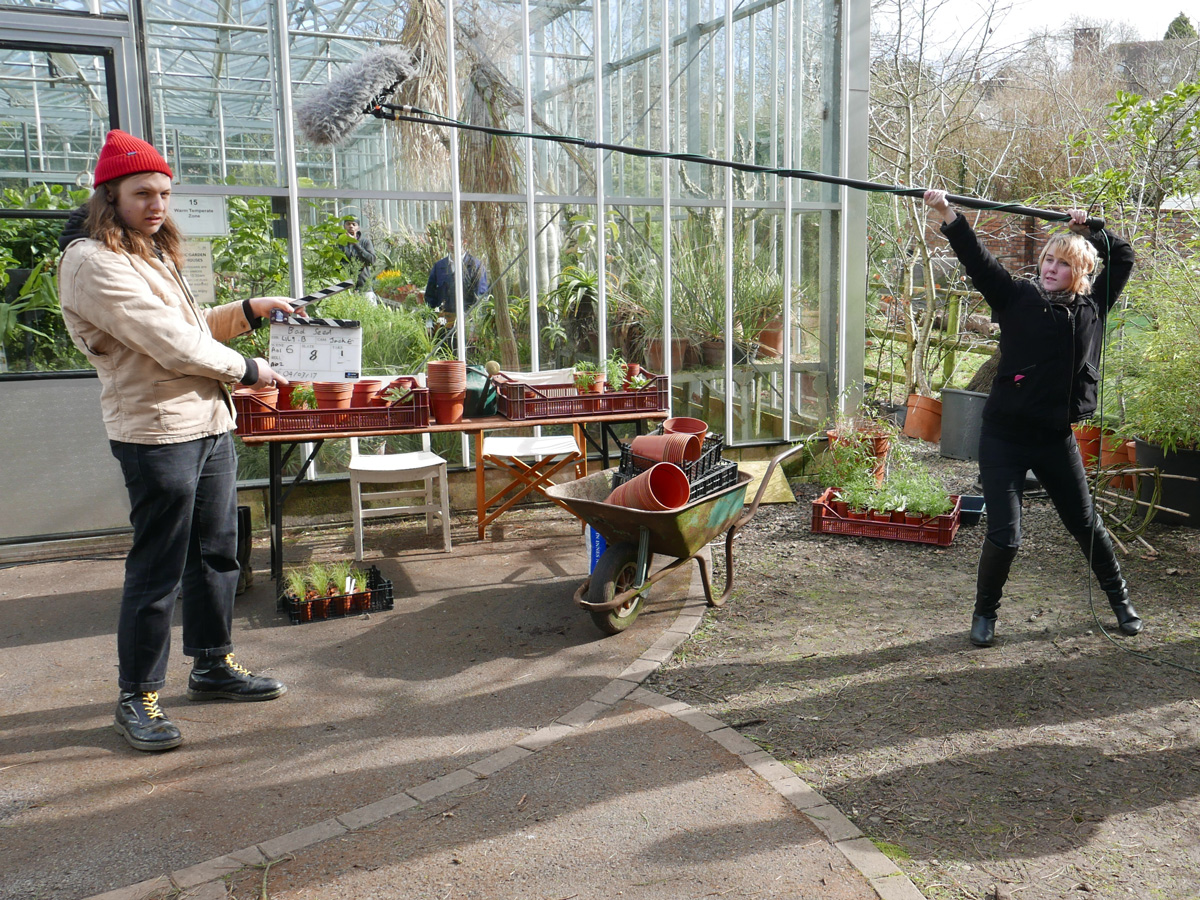Why are young people drawn to circus in 2019?
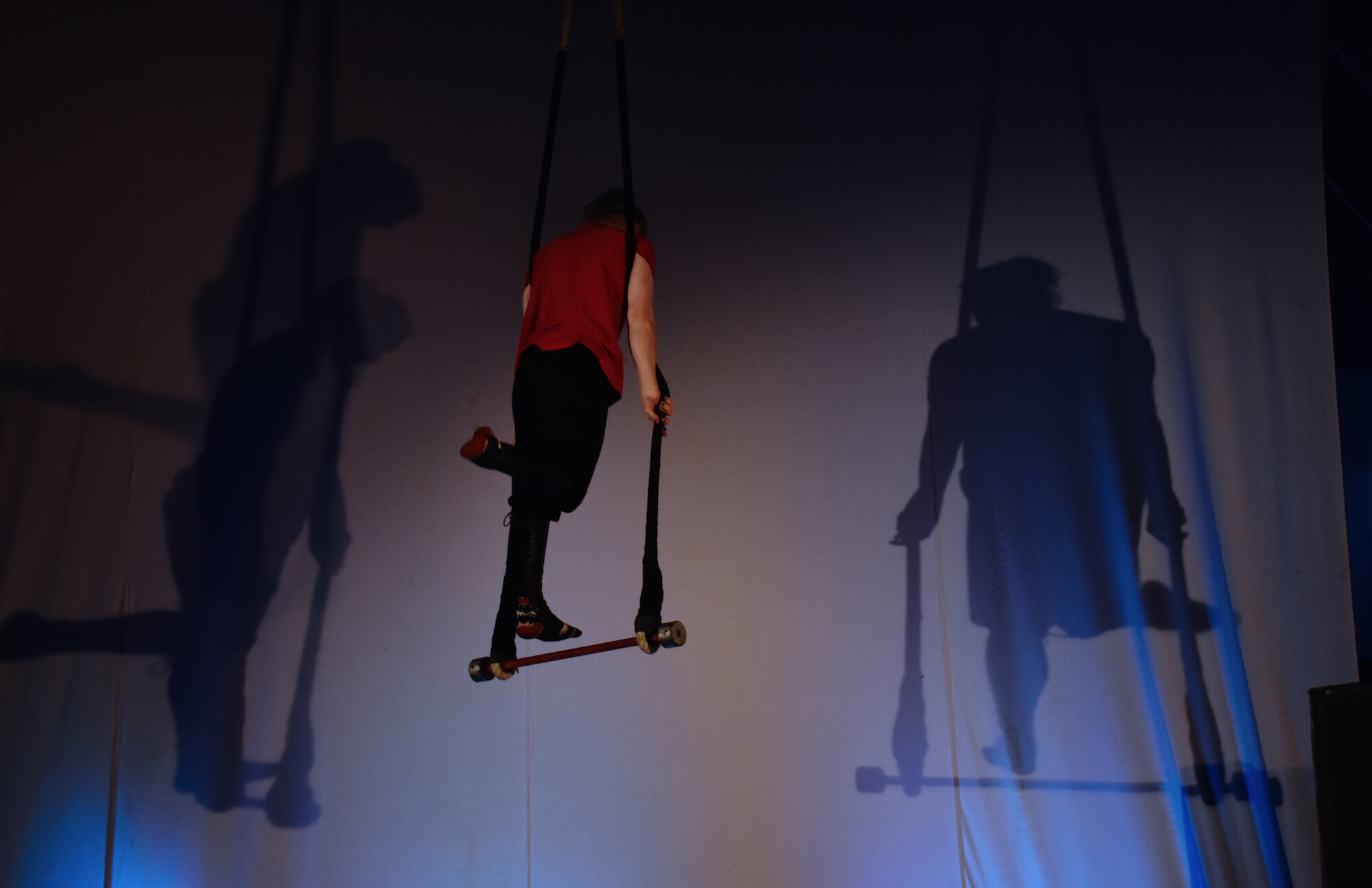
James takes a trip to Circomedia to find out why young people still want to perform circus skills – but not necessarily in the big top
When I hear ‘circus’ I think of exotic animals, dangerous acrobatic acts, dramatic lights and entertainment on an epic scale. As well as the show itself, I think of a romantic, nomadic way of life that rolls at a different pace to the rest of society. Maybe a family of bohemians with unusual skills. And of course, I think of the big top. So when I heard about a Circus school in Bristol that has just begun teaching Circus as a BA degree, I was intrigued. What does Circus look like now? And why do some choose to pursue it as a career over other performing arts?
Circomedia, a Circus school in Bristol, teaches the subject differently to what many of us might recognise. The Circus format that is most familiar to the public was dreamt up in the late 1700s when a cavalry-sergeant major named Philip Astley began putting on shows of ‘equestrian display’ (which basically means horse-riding skills). He performed in a 42ft ring, and to add novelty, he hired acrobats, rope-dancers and jugglers to perform between acts. Because it was centred around the visual, it had no language barriers, which allowed travelling circuses to spread to all corners of the globe. As a new concept, it was attended by people across the social spectrum. Contrary to my preconceptions, the companies were typically owned by entrepreneur-equestrians who competed with each other by expanding their shows and touring parts of the world that hadn’t been touched by circus before. This kind of Circus is called traditional, while Circomedia focuses on contemporary Circus. Here is how you can distinguish the two.
- Traditional is typically found in a big top tent, but contemporary isn’t restricted to tents, and can be found on the street, in the theatre, and other venues.
- Traditional focuses on the spectacle, using displays of physical ability and trained animals. Contemporary ditches the animals, and uses circus skills to convey narrative driven by characters to communicate a theme. You’ll also find that contemporary Circus often takes influence from current culture in the creation of their acts.
- Performers of contemporary Circus usually come from Circus schools, while traditional Circus troupes were typically made up of people trained by Circus families.
To better understand Circus today, I decided to visit Circomedia. They have a couple of studios out in Kingswood, and on the afternoon I visited, the third years were presenting their end of year pieces to the younger students. The building was shaped like a tall barn with white brick walls. There were steel frames, ropes and rigging. And surrounded by an audience of Circus students, I watched the first act come on.
What does Circus look like now? And why do some choose to pursue it as a career over other performing arts?
A pair of acrobats, a girl and a boy, manoeuvered around each other first on the floor, then on the trapeze. They seemed to be conveying the shifting support mechanics of a relationship. For me the collaborative piece provided a focal point which allowed space for my mind to consider how we lean on each other in different ways. There was a tenderness to the performance, as if they were trying to work things out with each other. Compromise, frustration, and a scramble to be who the other wants you to be in the rising and falling waves of intimacy.
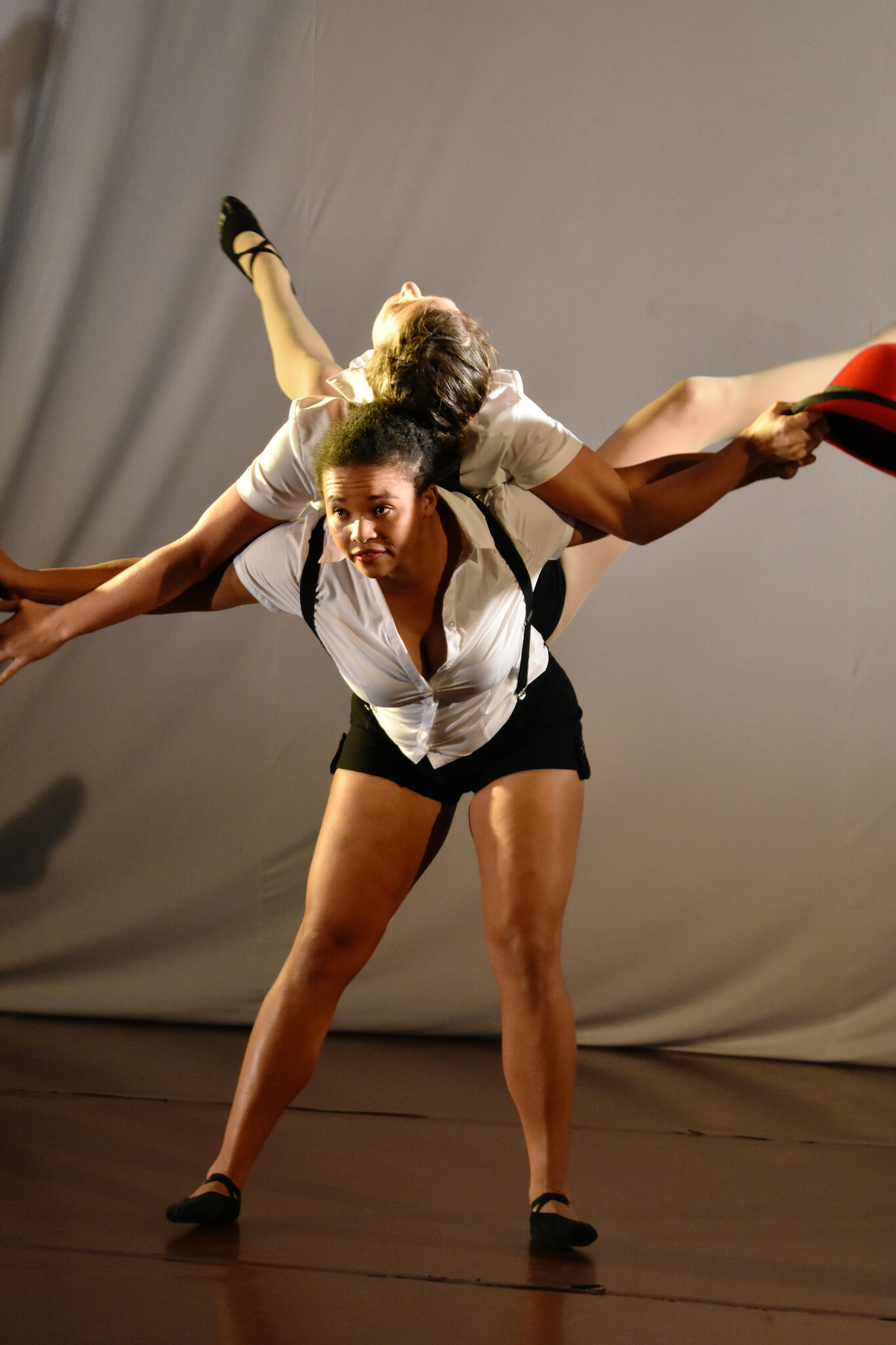
Freya, one of the students performing that afternoon, got into Circus when she moved into a racist area of Oslo, Norway. Her parents wanted her to find a hobby so she could make friends, so she joined a Circus group where they weren’t fussed about her ethnicity. At first, she didn’t think there was a serious career in it and began a degree in nursing. But halfway through she realised it wasn’t for her and decided to return to Circus, and that she didn’t have to get a ‘proper job’. “It’s this nice line between art and athletics that I quite like,” she explained. When I asked what she thought Circus offered that other performing arts do not, she paused to think, then answered “Danger!” with a broad smile and fire in her eyes. Also, in today’s body-conscious climate where there’s pressure to look a specific way, she feels Circus celebrates what a body is able to do, rather than what it looks like.
When I asked what she thought Circus offered that other performing arts do not, she paused to think, then answered “Danger!”
The next performance opened like a how-to video on YouTube, a step-by-step burlesque. It was a mixture between standup and clowning as she struggled in creative ways to take her clothes off, challenging stereotypes of seduction and beauty. It felt original and referenced current culture while using circus skills.
Thorne finds the cross-medium aspect of Circus liberating. “For me it offers more freedom than straight acting or straight dancing, because I feel like a lot of circus can be the bridge between both of those worlds.” If you were to study ballet, he says, you become a ballet dancer, but with Circus there are less boundaries, not just when it comes to career routes but also what you can draw on to author a piece. It’s also the uncharted territory of the category that attracts him. “It’s in its early days of development and there’s still lots of branches to go down. So it’s exciting to be in it, being part of it, and hearing these discussions of where stuff can go,” he tells me. It doesn’t have the kind of heritage that something like dance has, and he feels with Circus there’s so much that hasn’t been done that can be explored.
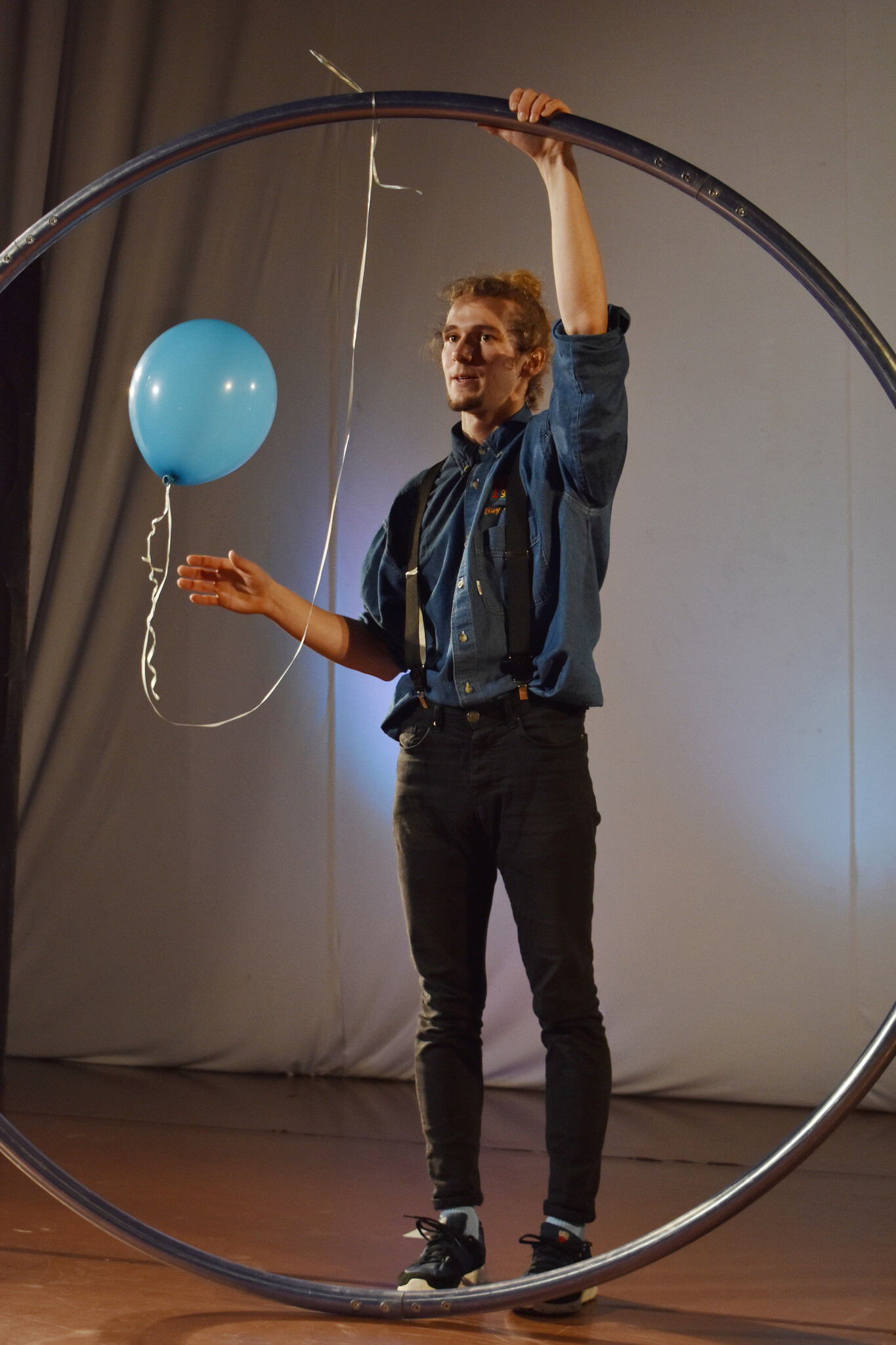
Next, was another solo act on the trapeze. More serious than the one before, the performer swung himself around with impressive agility. The double shadow behind him, cast from the spotlight, helped me appreciate form in a new way. The shadows provided a stripped-down representation of his shape and motion.
Following that, two girls came on the stage and put out camp chairs and other props as if they were at a festival. As they rummaged through their tote bags they casually discussed lifestyle topics like milk alternatives, green living, and pseudo-science. As they talked, they moved around the stage interacting with their props in playful, imaginative ways, and collaborative juggling, but with the same candid manner that you’d have if tidying a room or packing a suitcase. It was interesting to hear dialogue while watching the visuals unfold.
The pieces were definitely contemporary Circus: the acts had narrative and drew inspiration from modern culture and were executed using circus skills. As these were students, afterwards they had a group feedback session with their tutors. Not only would they review the piece’s strong and weak points, but they would ask them what environment it was tailored for; tent, corporate, theatre? This is also a typical aspect of new circus: a variety of settings.
The pieces were definitely contemporary Circus: the acts had narrative and drew inspiration from modern culture and were executed using circus skills.
Circomedia also teach a BTEC course at a converted Church on Portland Square. Inside, I was taken aback: it’s an incredible building, with white washed stone walls, and four pillars that rise high to support an immaculate ceiling. Soft light from overcast skies came through the windows, highlighting three separate groups doing different things on crash mats. One guy was flicking a bowler hat off his head, letting it tumble down his back into waiting hands, then rolling it back up. He’d spin it up one arm and down the other, occasionally losing control and dropping it.
A group at the back were practicing a ‘hand to hand’, where one person does a handstand on their partners upward stretching hands. Others watched intently, sharing encouragement now and then. Ben, my liaison for the day, said it was a tricky manoeuvre, especially at their level. On another side of the church two students giggled as they navigated each other’s bodies on a trapeze.

Alex was experimenting with three rings while keeping relaxed conversation with classmates. He injured himself while free-running so had to take a different path and he’d heard about Circus through a friend. He’d always enjoyed having unusual talents, doing things with his hands, seeing what was possible, so it seemed well-suited. Alex is new to the scene, but he really likes a juggler named Bruno Delgardo. “Rather than traditional juggling, he does weird abstract juggling. Rolling clubs around, balancing – more like, weird flourishes and stuff, rather than like just throwing it and catching it.”
Leah has always been around Circus. Her aunt was into acrobatics, and her dad dated a poi spinner. She was doing art in college and dropped out, a little uncertain of what to do. Meanwhile she was at home hooping, learning moves off YouTube, doing it every day. At the same time she was meeting up her friend who was also a hooper and was getting lots of work at festivals, making a name for herself. Leah doesn’t necessarily want to do exactly that, but seeing how many opportunities her friend was getting was inspiring for her. For her, circus has caused her to deal with personal barriers, “If you come in with anxiety or something you gotta work through that because you can’t be on stage and be all quiet. I’ve seen loads of people progress and become more confident.” She’s always felt like a bit of a crazy character, and Circus accommodates that, and gives her a sense of belonging.
“If you come in with anxiety or something you gotta work through that because you can’t be on stage and be all quiet. I’ve seen loads of people progress and become more confident.”
The BTEC course has been running 15 years, but Louisa Fearnley, the course leader, who has a background in theatre and performing arts, is new to the job. “You really have to push yourself, and you really have to push your fears. In a way that I know that with acting – you can be scared of performing, of going on stage, but with circus you have to push through that and then be hanging from a trapeze just by your legs.” With circus you have to be versatile: physically fit, able to act, and able to do that while safely working with a range of equipment. I asked how the physical risk is justified for entertainment’s sake, and after saying there are many things that are dangerous in life she settled on: “There’s more to it than just entertaining an audience. Performance can change communities, not only for the students, but with the work we produce. It can challenge ideas in the audience of what’s real, what’s not real, what we can do as humans, what we can’t do. There’s more to it than just a risk for entertainment.”
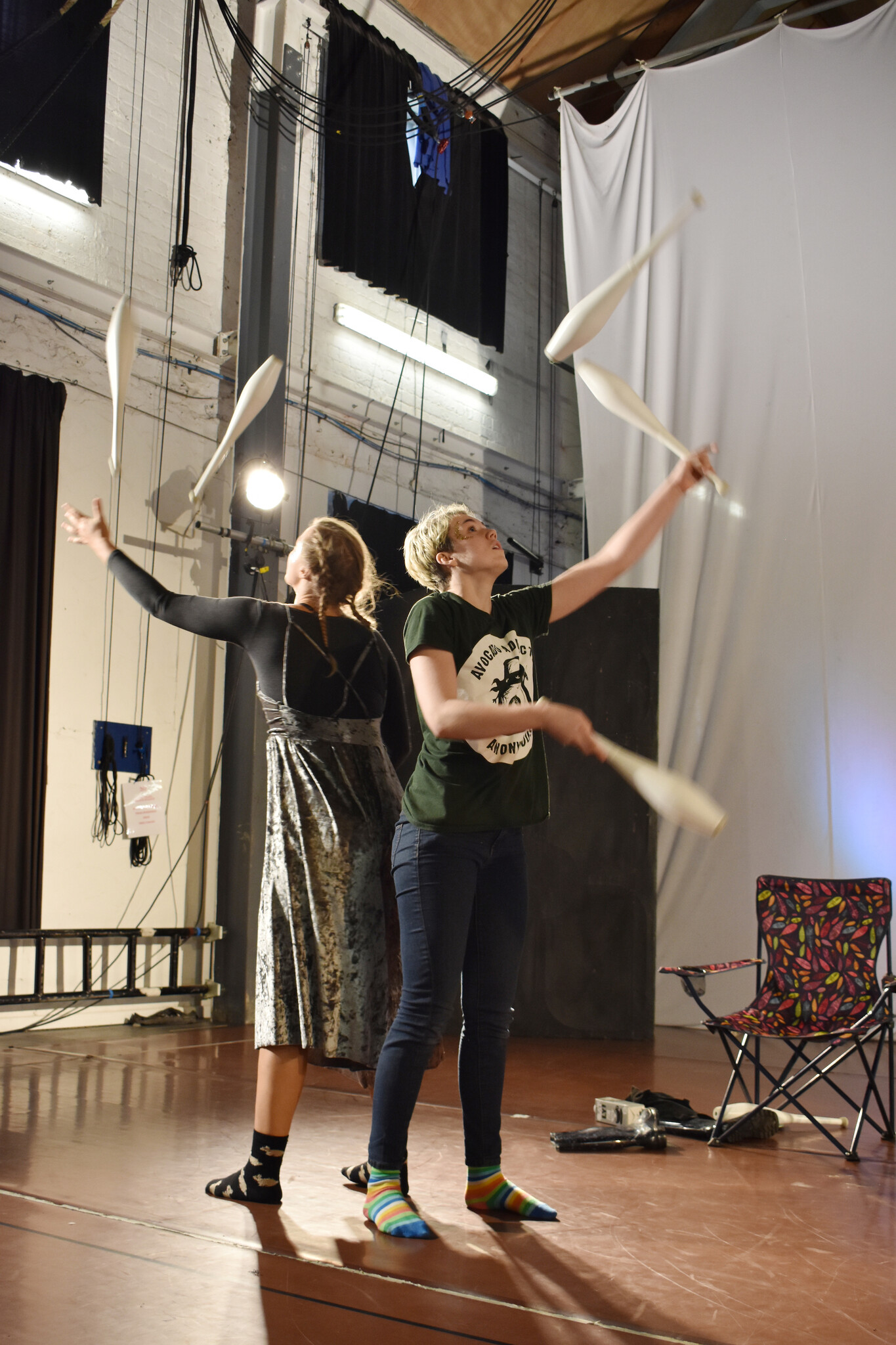
I spoke to Rowan, a softly spoken acrobat who’d just finished the three-year degree and was now back helping the BTEC students. He started going to a weekly circus group aged 11, went to some youth circus festivals, and felt very comfortable in that community. “I think because it can be so physically challenging it can give such a sense of achievement. And there’s a lot of freedom in the way that you train – there’s a lot of different disciplines you can mix and match, or you can really focus in on one area. There’s acrobatics, aerial, and juggling, but there are so many variations. Contemporary circus brings in dance and theatre to all of that to create a really mixed performance.” The fact that it encompasses a lot means that it can be a diverse hub of ideas. “Some people come from all different backgrounds, some people from drama, some people have been gymnasts, some people dancers – some people none of those things. That adds depth to your experience.”
Unusual cognitive frame-work, the mixing of disciplines, and the exploration of ideas through physicality are characteristic of contemporary circus. Staying fit by visiting the gym or running provides one thing, training in circus engages both the physical and the creative. Contemporary Circus seems to be occupying a unique space, and it is distinct from not only its roots but also from other art forms. In a time where the creative sector is saturated, contemporary Circus is not as solidly defined as other art forms. The young people engaging in contemporary circus right now are in the unique position of training in a discipline that they are also helping to shape, making it an exciting prospect.
All photos by Ben Tansey
Ever wanted to be a circus performer? Or if you are one, got any top tips? Let us know on Twitter, Facebook or in the comments.

About Rife


